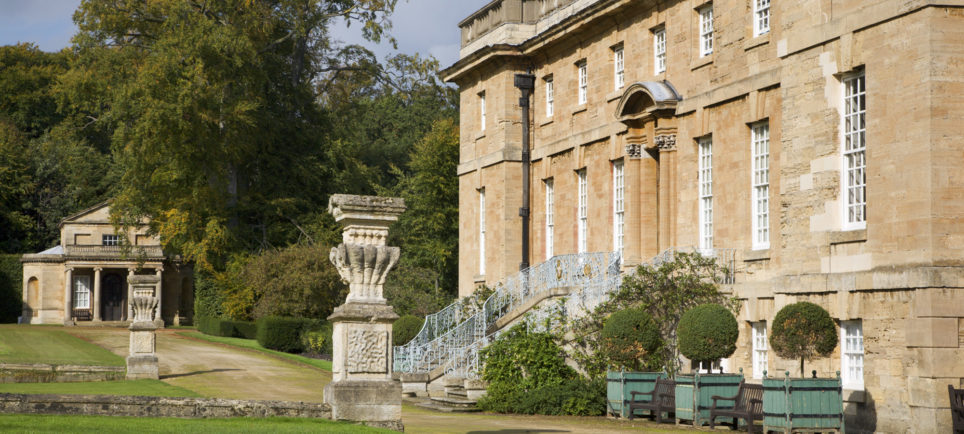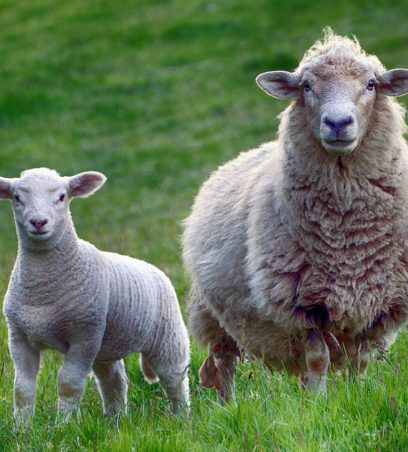
You are using an outdated browser. Please upgrade your browser to improve your experience and security.

To some people landed estates, like Bramham, may seem an anachronism: a relic of England’s feudal past with no place in modern society. Nothing could be further from the truth. Today’s countryside is a battleground for competing interests: farmers, property developers, conservationists, ramblers, sportsmen, commuters and tourists all have different imperatives. The unified management of the Bramham Park Estate allows a balanced consideration of all the competing interests and the formulation of a long-term strategy.

The current generation of the Lane Fox family has been lucky enough to inherit the historic and natural assets, created by the hard work of its ancestors. With this privilege comes the duty to preserve and enhance them for future generations. Every management decision is a balance between the short-term commercial requirement to maintain the historic assets and the long-term benefit to the environment and community.
The speed of modern life makes business time horizons very short. At Bramham we must take a longer view: our buildings are already 300 years old and the trees we are planting now will not reach their full glory for another three generations. This influences every aspect of the Estate’s business.
The complexity of the Estate makes a strong management team essential and support from professional advisors important. The Bramham Park Estate is managed by the Resident Agent, Nicholas Pritchard. He is a chartered surveyor and is charged with the coordination of every aspect of the Estate’s business. Click here for his contact details. The Estate retains the services of solicitors Withers LLP for tax & trust work and property transactions, whilst using Lupton Fawcett

The Estate’s farmland is a mixture of grades 2 & 3. It is farmed in-hand and by tenants.
The Estate’s 500ha in-hand farm gros a rotation of grass, maize and wheat, all of which is made into silage. This provides the fuel for our anaerobic digestion plant, which generates electricity (see below).
A further 200 ha of permanent grass parks around the House are let on short-term grazing licences for sheep or for silage.
The remainder of the Estate’s farmland (and associated farm steadings and houses) is let to 6 farming tenants. Most of these tenants are the 2nd or 3rd generations of their families to hold the land. They include arable, potato, beef, dairy, sheep and pig enterprises.
Woodlands covers 500 hectares of the Estate. We manage it for a proper balance between timber production, wildlife, heritage and amenity.
We have committed to a ten-year Woodland Management Agreement with the Forestry Commission and our woods are professionally managed by Tilhil, who organise thinning, harvesting and restocking for us.
Trees cover 25% of the Estate’s land (against 10% for England), so it is a crucial element of our operation.

We strive to preserve the irreplaceable natural assets of the landscape under our stewardship.
The 300-year continuity of management and emphasis on the ‘look of the place’ have both contributed to the unspoilt nature of the Bramham Park Estate. The Family’s management decisions have always been tempered with a keen sense of responsibility for the Estate’s natural environment and wildlife.
Despite lying only 5 miles from the edge of Leeds and having the A1(M) motorway running through it, the Estate is a haven for wildlife. In addition to the usual foxes, badgers, hares, weasels etc. the Estate is home to populations of roe deer, red kites and buzzards.
Since Bramham lies in the Southern Magnesian Limestone National Character Area, it is also home to many important calcareous grassland plants. The survival of these has been helped by the Estate’s consistant management of its land.
In late 2015 the Estate completed the construction of an anaerobic digestion plant. This generates green electricity, for sale to the National Grid, fuelled y silage grown on the -in-hand farm.
At full-power we generate 1.2MW of electricity, 24 hours a day: enough to supply 1.500 homes, whatever the weather.
The spent fuel, or digestate, is spread back on the land as fertilizer, almost removing the need for industrially produced fertilisers.
The plant also produces as much heat as electricity and we capture this to dry wood-chip, which is used as fuel elsewhere, often in schools and hospitals.